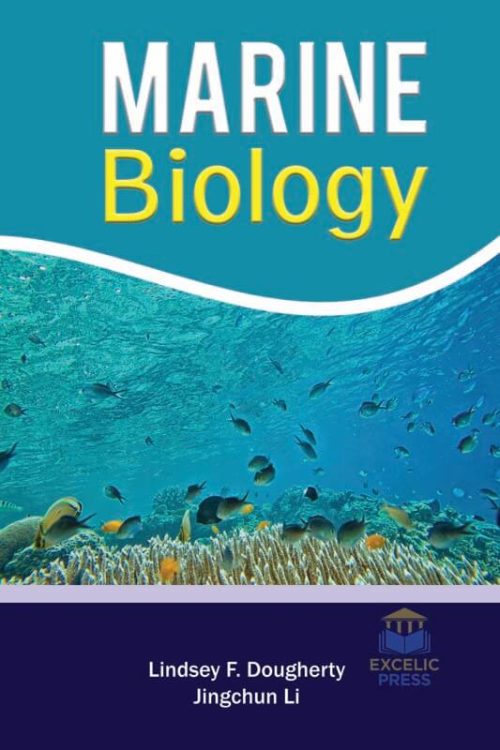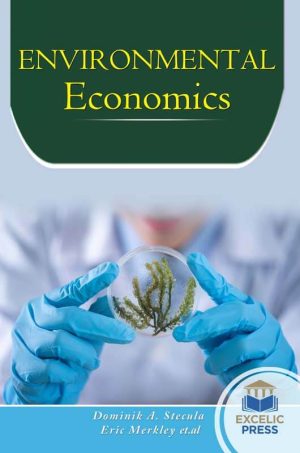Description
Oceans cover 71% of the earth and have a severe impact on the climate and weather patterns which in turn affect the landmass. Marine mammals are charismatic marine species, and as such, mortalities and changes in their health draw attention from the public, regulators, and managers to issues such as ocean health, ocean pollution, pathogen spread, and harmful algal bloom effects. Fish plays a vital role in marine habitats. They are critically associated with other organisms – through the food web and through other mechanisms.
The onslaught of climate change at the global level has given birth reinvigorated interest in the concept of ecological thresholds due to the impact that climate change has on natural and human-managed ecosystems. This book provides comprehensive and up-to-date reviews on all aspects of marine biology. The book starts with the concept that focuses on the food and feeding dynamics of Stolephorus commer-soni. The feeding dynamics of fishes is a crucial step in the management of stockpile of fish. The seasonal and spatial variations in the number of organisms that form major food sources for various species have a direct correlation with activities that these species perform, such as growth, condition, shoaling behavior, and migration. In fishery management studies, conceptual models are created based on what is understood by these patterns to develop a better understanding of the multiple aquatic ecosystems. Further, the book focuses on the Coral injuries caused by Spirobranchus opercula, mechanistic understanding of the trophic structure, behavioral and temporal partitioning of dolphin social groups.
Sea urchins are marine animals that live in a host of different habitats, including shallow and deep waters. The book further focuses on the status of sea urchin resources. Good biomonitoring of an ecosystem requires that many biomarkers be used to develop an overall measure of the impact that all stress factors have created. A first integrated review of the biological, economical, and geographical characteristics of the ribbed mussel Aulacomya after, another species of mussels are provided. We go on to discuss the use of Aulacomya after as a complementary biomonitor to the blue mussel to assess the impact of pollutants and climate change. Anthropogenic threats and conservation needs of blue whales, Balaenoptera musculus indica, around Sri Lanka is also explored in the last chapter. It is immediately needed to discourse the global crises in biodiversity loss (including fisheries), climate change and altered marine ecosystems. This monograph will be of interest to oceanographers and marine biologists.





